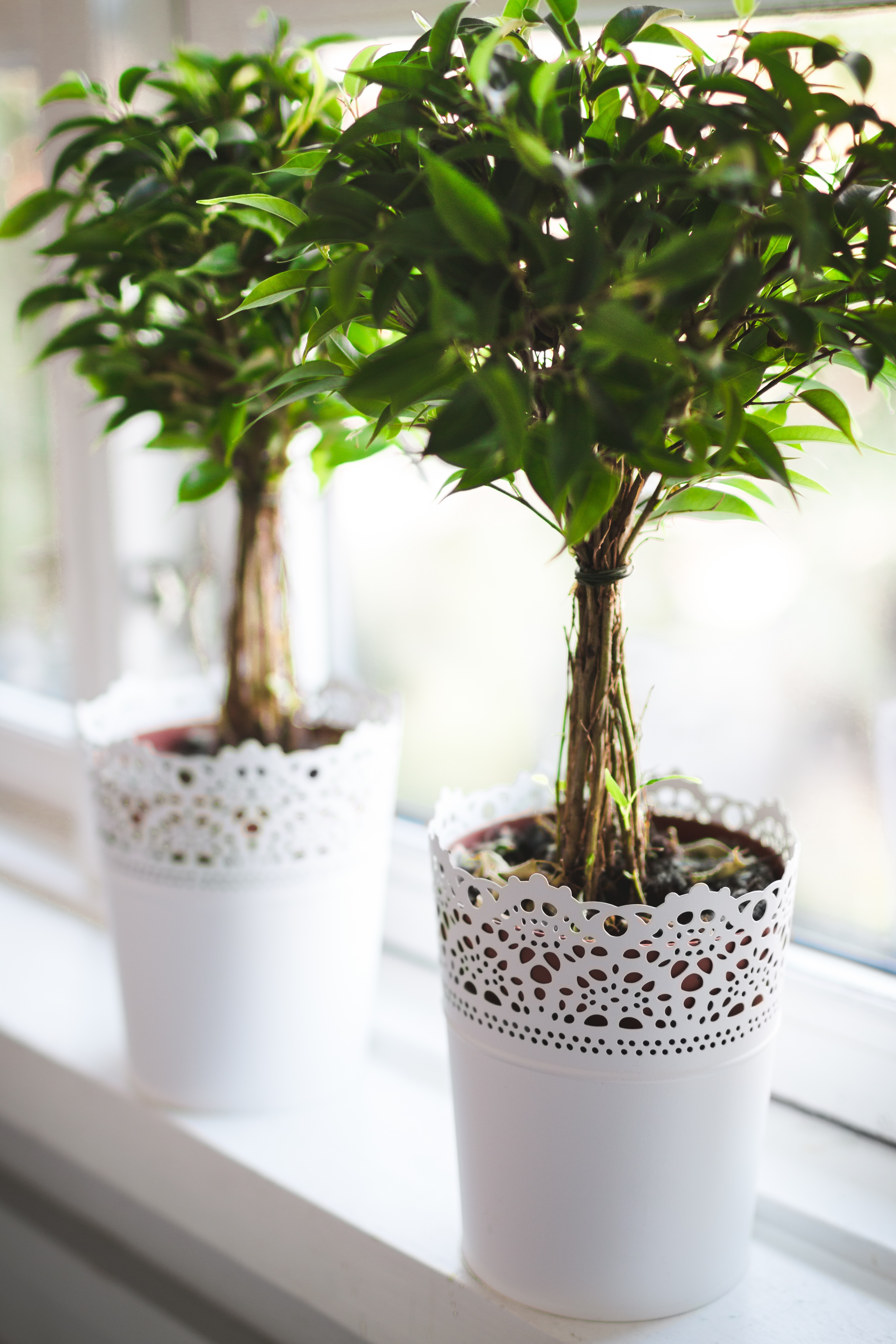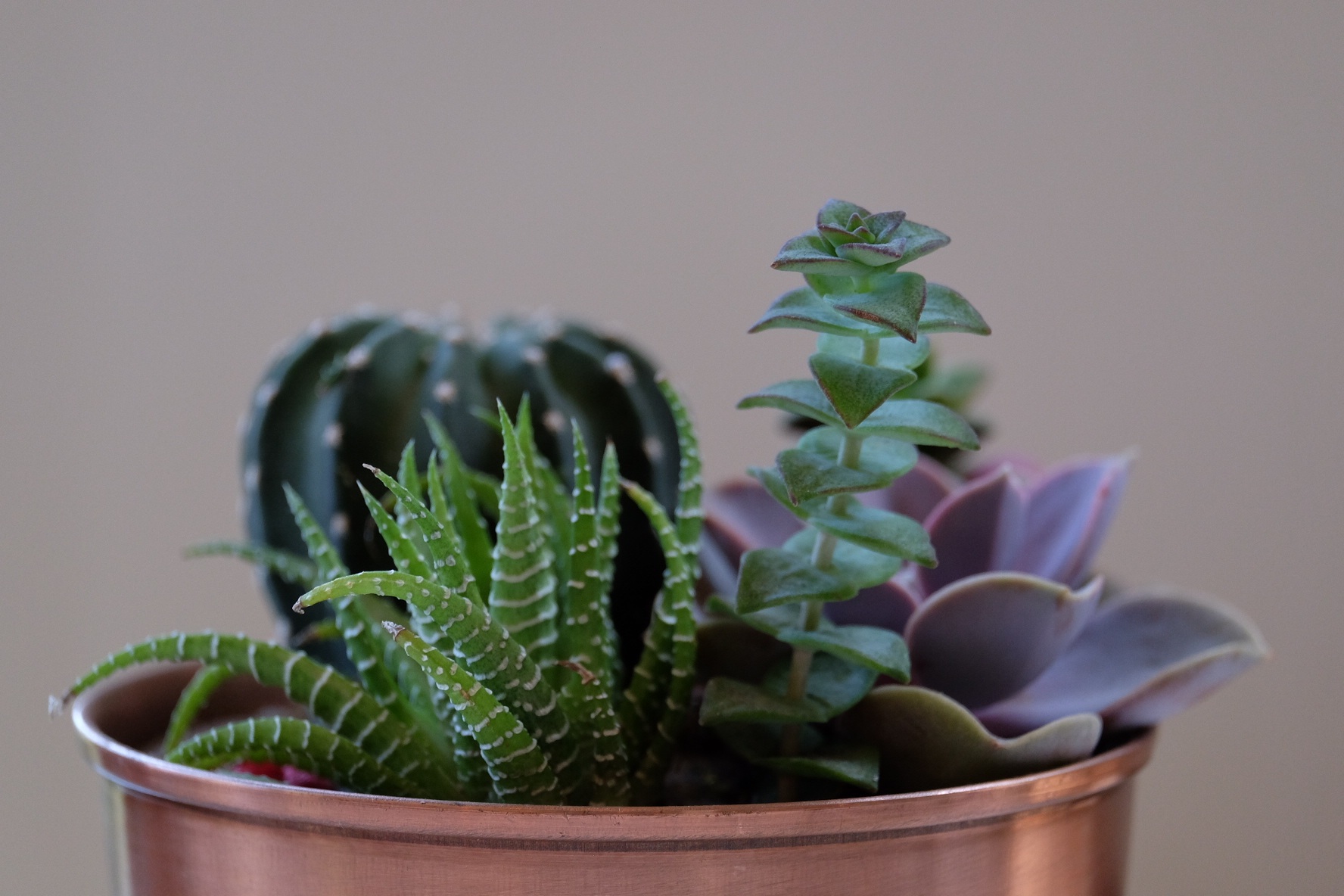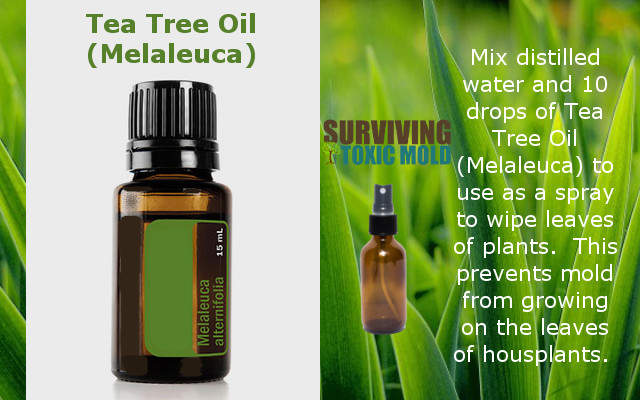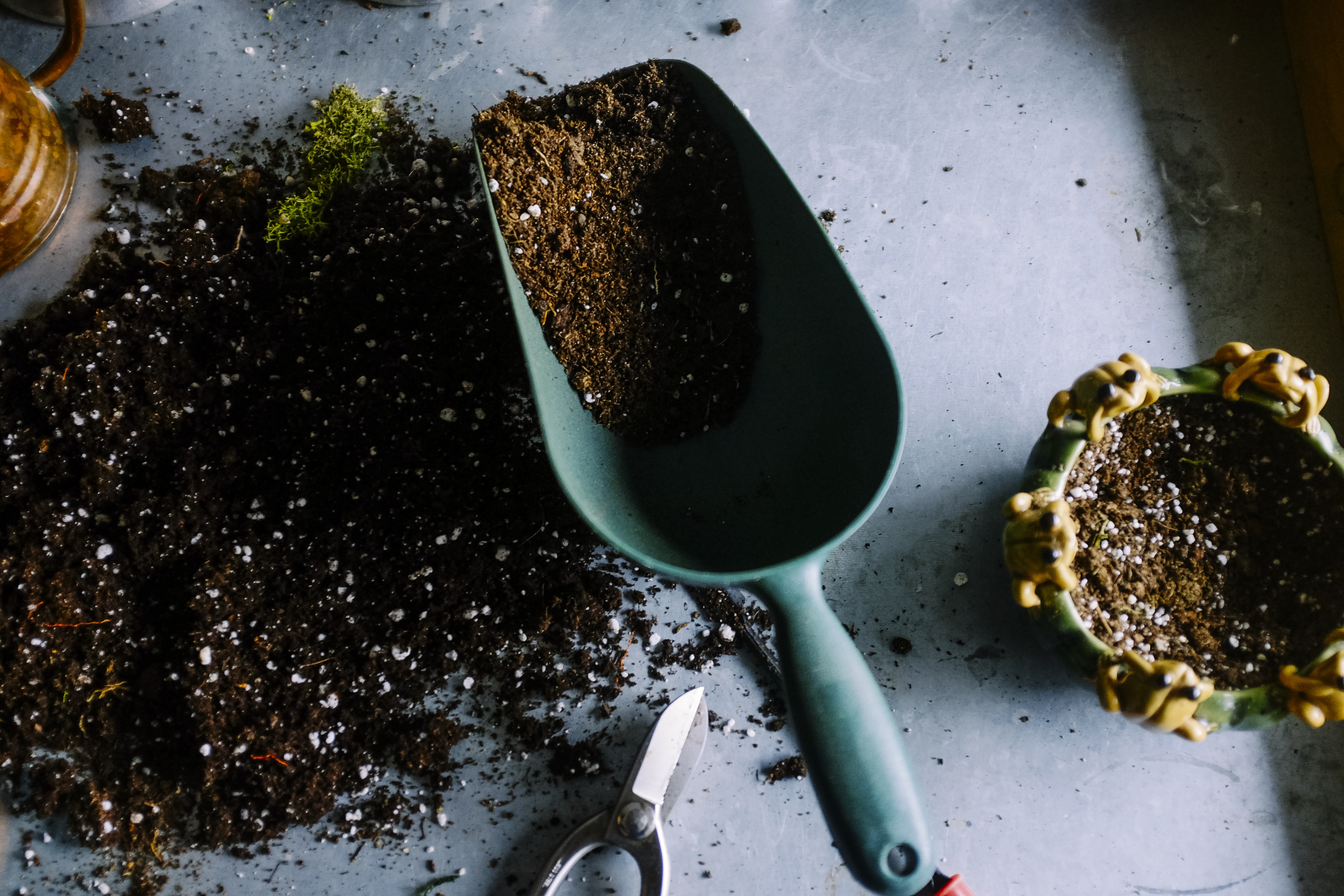|
A Mold Recovery Blog Thursday, June 09 2016
Houseplants can sometimes hold a sentimental place in our homes and hearts. I know some of the plants in my home were given to me by close friends and relatives. It can be heartbreaking to think that the "legacy of the plant" can't be saved, but I'm here to tell you that they can be saved!!!
When it comes to finding sources for mold around the home most people NEVER think to look in their potted plants as a source for mold. In general, caring for houseplants only takes little time and a little bit of "green thumb" effort; but there is a potential problem that can be lurking in your pots and even on the leaves of your treasured houseplants and can become a serious health threat to not only you and your children but also your pets. I'm referring to MOLD. Mold growing in your houseplants' soil, or sometimes mold growing directly on your plants' leaves, is an issue that can be harmful for both your plants and yourself.
More than 8,000 species of fungi cause plant diseases, but chemical fungicides can be harmful to other plants, children, pets and the environment. Tea tree oil is a natural product that has been used for centuries as an antimicrobial for a wide variety of conditions. If used properly, tea tree oil can help control fungal diseases on plants without many of the dangerous side-effects of chemical fungicides. Fungicide EffectsMost components of tea tree oil are active against a range of fungi, with terpinen-4-ol the most active agent in the oil. A study published in 2007 in "Letters in Applied Microbiology" demonstrated that tea tree oil was effective at fighting the fungi that cause Fusarium head blight in wheat, barley and oats, as well as barley leaf stripe and powdery mildew. Other studies have found tea tree oil beneficial in controlling fruit rots, anthracnose and leather rot in strawberries; early blight disease in tomato plants; alternaria solani on potato; and cercospora beticola on sugarbeets. Uses for the Home GardenTo prevent fungal growth on plants and leaves, combine 2 tablespoons of tea tree oil with 2 cups of water in a "GLASS" spray bottle (never use a plastic spray bottle with essential oils because the oils can break down the plastic as it sits in the bottle over time) and spray plants every three to seven days.To avoid burning oil-treated leaves, spray in the morning and less frequently during hot dry spells. If plants already have blight on leaves but not stems or fruit, pull off affected leaves and spray the entire plant. Tea tree oil also repels whiteflies that excrete a sticky honeydew causing sooty mold fungi to grow on foliage. While generally safe for humans, tea tree oil can be toxic if swallowed. It can also cause allergic reactions if you're allergic to balsam, benzoin or plants in the myrtle family. Preventing Future InfectionsRemove infected plant materials and leaves around plants and dispose in the garbage to avoid spreading disease. When using tools to cut diseased wood, dip the tools into a tea tree oil solution to disinfect them. Keep weeds away from plants, as they can harbor insects and pathogens. Water plants regularly but avoid overwatering, which can encourage fungal growth. Use a variety of plants since fungi tend to be plant-specific, and purchase certified disease-free seeds and cuttings when possible.
Scoop away the top layer of moldy soil. If your potting soil shows mold growth, it is most likely confined to the top half-inch (1 cm) or so. Use a spoon to scoop this moldy top layer into a sealable plastic bag for disposal. Replace the soil with fresh potting soil. After removing all of the visible mold, top the pot off with fresh potting mix. If the mold growth was particularly severe, it is best to instead replace all of the plant's soil. Add a natural anti-fungal to the houseplant soil. Even when you remove visible mold, plenty of mold spores inevitably remain. To help prevent the immediate reappearance of mold from these spores, you can sprinkle a bit of Organic (Non-GMO) cinnamon onto the top layer of soil. Cinnamon acts as a natural deterrent to mold growth, and is harmless to the plant.
Place a layer of drainage stone in each plant pot. The primary culprit for mold growth on houseplants is soil that remains wet for too long. Each pot should have a thin layer of gravel at the bottom to allow the potting mix to drain thoroughly. This keeps your houseplant healthier and minimizes its susceptibility to mold. |
|
Do you think you might have mold in your home, place of business or school? Are you or someone you love suffering from an unknown illness that doctors can't diagnose? Is mold making you sick? Go to our Step by Step and start Surviving Toxic Mold. |










